In the heart of urban apartments, a quiet revolution is taking place on balconies across the globe. Black soldier flies (Hermetia illucens) are being harnessed as tiny protein factories, transforming kitchen scraps into valuable nutrients. This innovative approach to waste management and sustainable protein production is gaining traction among eco-conscious households and urban farmers alike.
The concept is deceptively simple yet remarkably effective. Families collect their food waste—vegetable peels, fruit cores, coffee grounds—and feed it to colonies of black soldier fly larvae. These voracious eaters can consume twice their body weight daily, breaking down organic matter with astonishing efficiency. Within weeks, what would have ended up in landfills becomes either protein-rich insect biomass or nutrient-dense fertilizer.
From balcony to circular economy
What makes this system particularly compelling is its closed-loop nature. The larvae not only process waste but become valuable products themselves. Dried and processed, they serve as exceptional feed for chickens, fish, or even pets. The residual material, known as frass, makes for an excellent organic fertilizer, completing the cycle from food waste back to food production.
Urban dwellers are discovering that maintaining these "insect farms" requires minimal space and effort. Compact containers the size of storage bins can house thousands of larvae, making the system feasible even for those with limited outdoor space. The flies don't bite, don't transmit diseases, and when properly managed, don't create odor problems—addressing common concerns about insect cultivation in residential areas.
The protein potential
Nutritionally, black soldier fly larvae are powerhouses. They contain up to 42% protein and 35% fat, with an amino acid profile that rivals soybean meal. For communities looking to reduce reliance on traditional protein sources like fishmeal (whose production often contributes to overfishing), these balcony-grown insects offer a sustainable alternative.
Commercial operations have demonstrated that black soldier flies can convert 10 kilograms of food waste into approximately 2 kilograms of larvae. Scaled to household levels, even modest balcony setups can make noticeable dents in both waste disposal needs and pet food expenses. Some enthusiasts report reducing their kitchen waste by 80% while producing enough larvae to supplement their backyard chickens' diet.
Overcoming the ick factor
Adoption hasn't been without challenges. The initial psychological barrier of handling insects proves significant for many potential users. However, those who take the plunge often describe a rapid shift in perspective. "You stop seeing them as bugs and start seeing them as your little waste processors," shares one urban farmer from Singapore, where balcony insect farming has gained particular popularity.
Educational initiatives are helping normalize the practice. Workshops demonstrate how simple, clean, and odor-free the process can be when done correctly. Social media groups share tips on optimizing larval growth rates and troubleshooting common issues. This grassroots knowledge sharing is accelerating adoption beyond early adopters.
Environmental impact adds up
The cumulative effect of widespread household adoption could be substantial. Food waste in landfills generates methane, a potent greenhouse gas. Diverting even a portion of this waste to insect conversion significantly reduces emissions. Moreover, every kilogram of home-produced insect protein replaces industrially produced alternatives, shrinking the carbon footprint of pet and livestock feed.
Municipalities are beginning to take notice. Several European cities now include black soldier fly composting in their waste reduction strategies. In Canada, some communities offer subsidies for residents to start balcony insect farms, treating them similarly to backyard composting programs.
The future of urban protein
As the world grapples with dual challenges of waste management and sustainable protein production, these unassuming balcony operations hint at a promising direction. They demonstrate how distributed, small-scale solutions can collectively make meaningful impacts. The model proves particularly relevant for rapidly urbanizing areas where traditional composting might be impractical but food waste remains abundant.
Innovations continue to emerge. Some households are experimenting with automated feeding systems, while others explore cooperative models where neighbors share larval processing equipment. Researchers are developing optimized feed mixes to enhance larval growth rates and nutritional profiles further.
What began as a niche sustainability experiment is maturing into a legitimate component of urban food systems. The balcony "bug factories" represent more than just waste reduction—they embody a shift toward seeing our homes not just as consumption endpoints but as productive nodes in larger ecological networks. As more people embrace this perspective, the humble black soldier fly may well become an essential urban resident, quietly turning our scraps into sustenance.
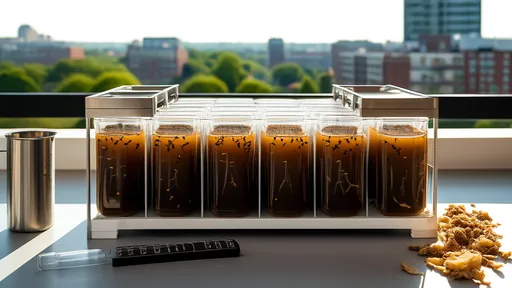
By /Jul 29, 2025

By /Jul 29, 2025

By /Jul 29, 2025

By /Jul 29, 2025
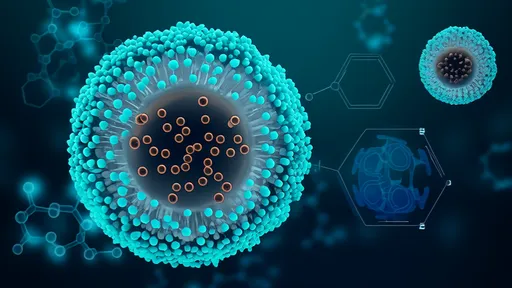
By /Jul 29, 2025

By /Jul 29, 2025

By /Jul 29, 2025

By /Jul 29, 2025
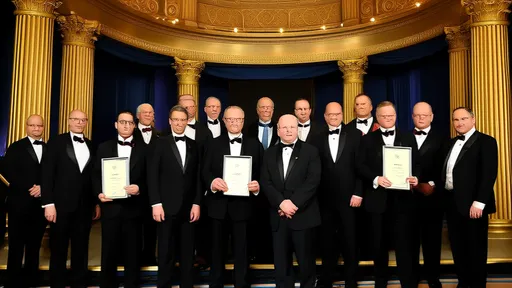
By /Jul 29, 2025

By /Jul 29, 2025

By /Jul 29, 2025
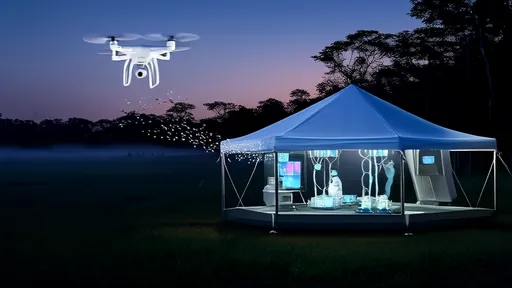
By /Jul 29, 2025

By /Jul 29, 2025
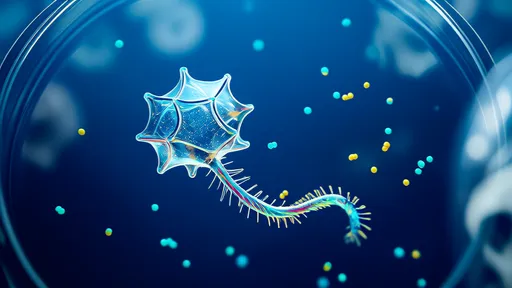
By /Jul 29, 2025
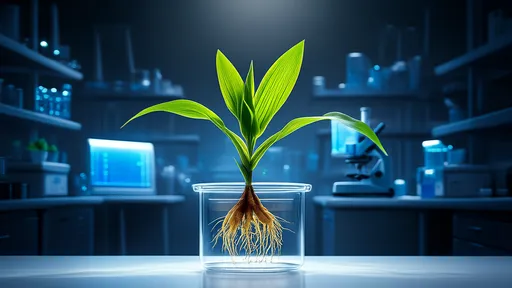
By /Jul 29, 2025

By /Jul 29, 2025
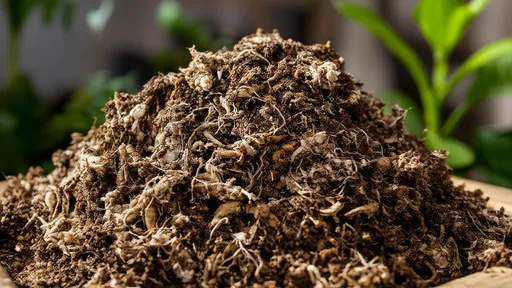
By /Jul 29, 2025
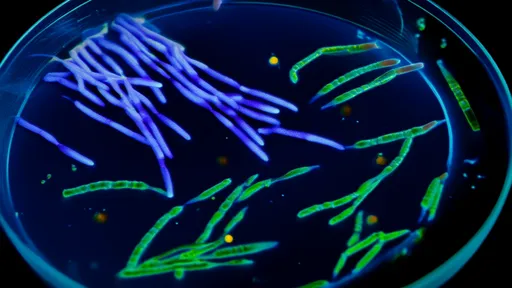
By /Jul 29, 2025